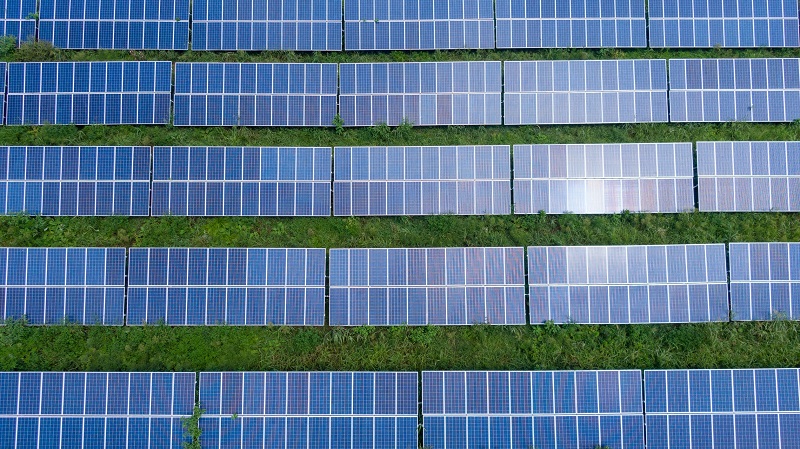Concerns about Solar Waste (and When it Comes to Solar Lighting)Posted by Stephen Shickadance in Solar FAQs.
Quality monocrystalline solar panels are rated to last 25 years on average, which means even when an LED bulb fixture dies or a battery gets replaced the panel will still continue to function well, which means your investment will last as long as you continue to replace parts that have run their life cycle. However, there are concerns about solar waste when it comes to solar lighting, and we admit they are legitimate. After 25 years, what happens to a panel? According to the International Renewable Energy Agency, solar waste will make up 78 million metric tons of waste by 2050. With solar panel use skyrocketing in the past 10 years, that isn’t an unreasonable number. The reason why that’s the case is that there isn’t a proper recycling method in the US put in place for panels (except for Washington). Instead of proper care, panels are going straight to landfills—where possible hazardous materials can leak out. Solar definitely reduces the problem of our large carbon footprint and the rising cost of energy, but solar waste will soon stack up and become a much larger problem than it is currently. With Solar Waste a Problem, What is There to Do?Good question. To prolong the life of your panels and make sure you don’t have waste too early, you’ll want to ensure the panels you have on your solar lighting systems are taken care of properly—which doesn’t mean much. A quick cleaning every few months to get dust, debris, and droppings (we call that the 3 Ds) off the panels should be fine. You’ll also want to inspect the aluminum frame for the panel and check the glass for cracks. Greenshine New Energy has a range of warranties for the systems, so if there’s an issue with the component of the system, check to see if it’s within the warranty terms first. Second, if it’s the case that your panel has definitely run it’s lifespan, we recommend not taking it to a landfill. It’s admittedly very cheap and quick, but environmentally-friendly technology should stay that way. Recycling centers can make use of the aluminum and glass—which are a no-brainer since they’re used in cans and bottles—but a lot of the solar cells and components built of hazardous materials are disposed of (not addressing the problem) or burned (releasing toxic fumes). SEIA has special locations dedicated to recycling solar cells and can offer discounts for members. Recycle PV is another company looking to establish a presence in the US, but since the facilities are offshore, there’s a higher overall cost to ship and then recycle. These recycling centers will strip down the panels, repurpose the glass and metal, and then use specialized methods to recapture a lot of materials within the solar cells for refining. Since there isn’t government regulation on recycling panels right now, it can be costly. It’s estimated that the costs of recycling panels vs. the money received back from selling the recycled materials has a ten-fold cost—basically suggesting every 10 dollars spent for recycling a panel will net a dollar for selling recycled materials back. Better (cheaper) methods of recycling are in the works, but they still incur some costs. Recycling efforts, if done properly and early enough, are projected to recover 15 billion dollars by the year 2050 which can, in turn, be utilized to further research on greener, waste-free technology. Greenshine’s CommitmentAt Greenshine New Energy, we sell solar lighting systems that are fantastic for the environment and extremely cost-effective—way beyond what traditional lighting can do. We have extended warranty options that can replace specific components of the systems if they happen to fail (for defect, not improper use or carelessness). If your systems have old panels that aren’t efficient, please consider recycling and give us a call if you need replacement panels.
Solar FAQs
|
ArchivesNo Archives Categories
Want More Info? |
LATEST NEWS & ARTICLES
